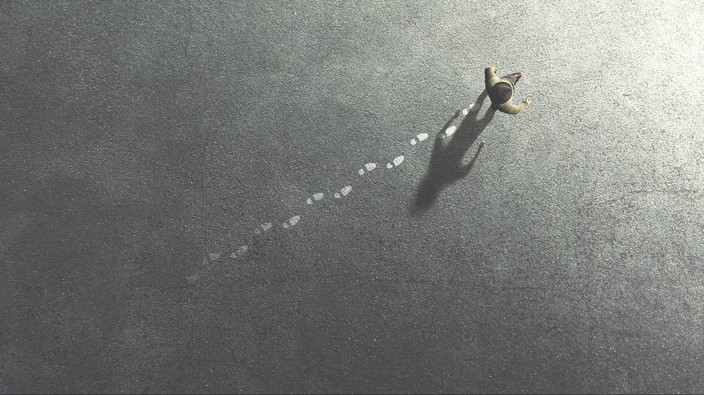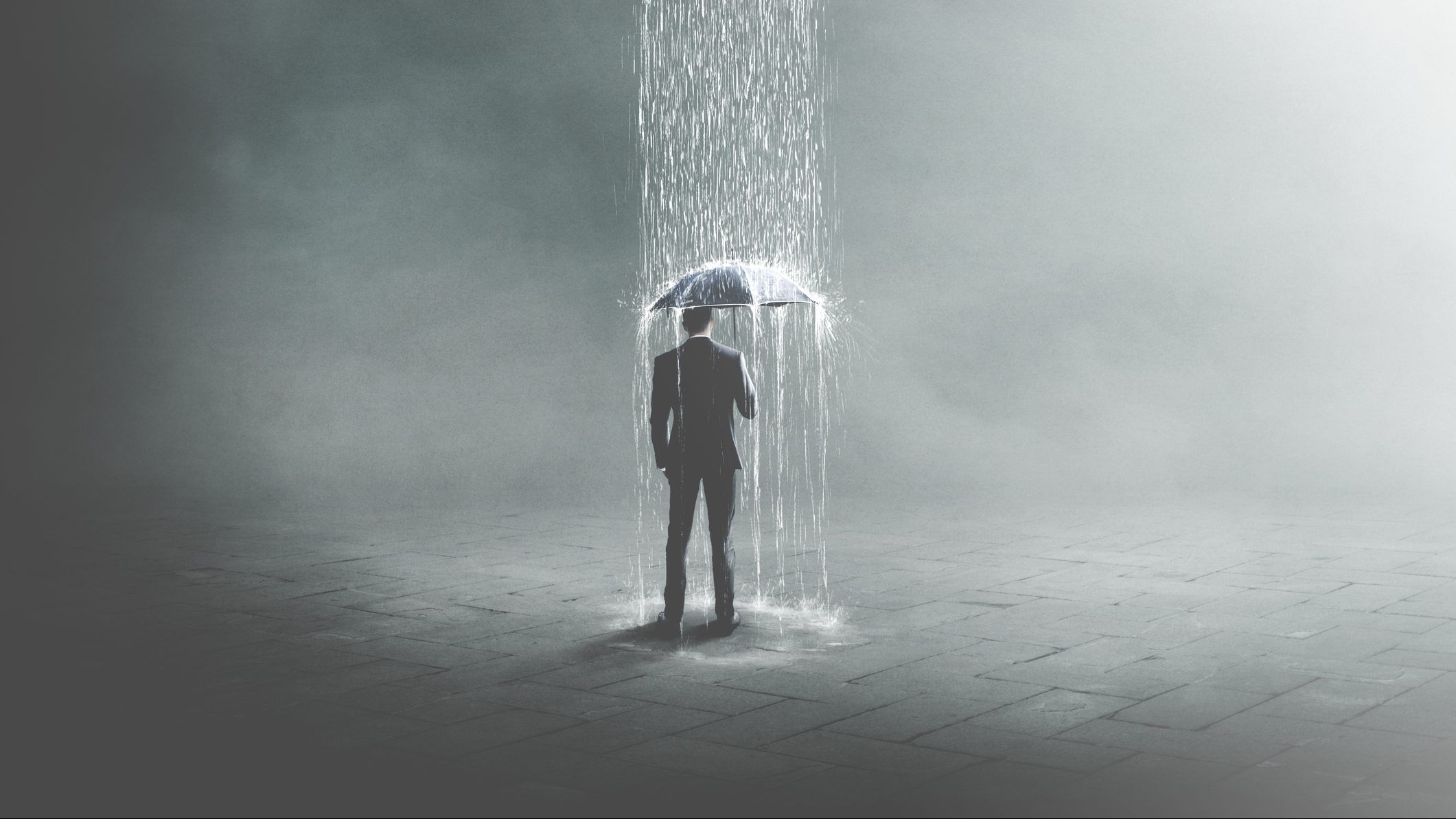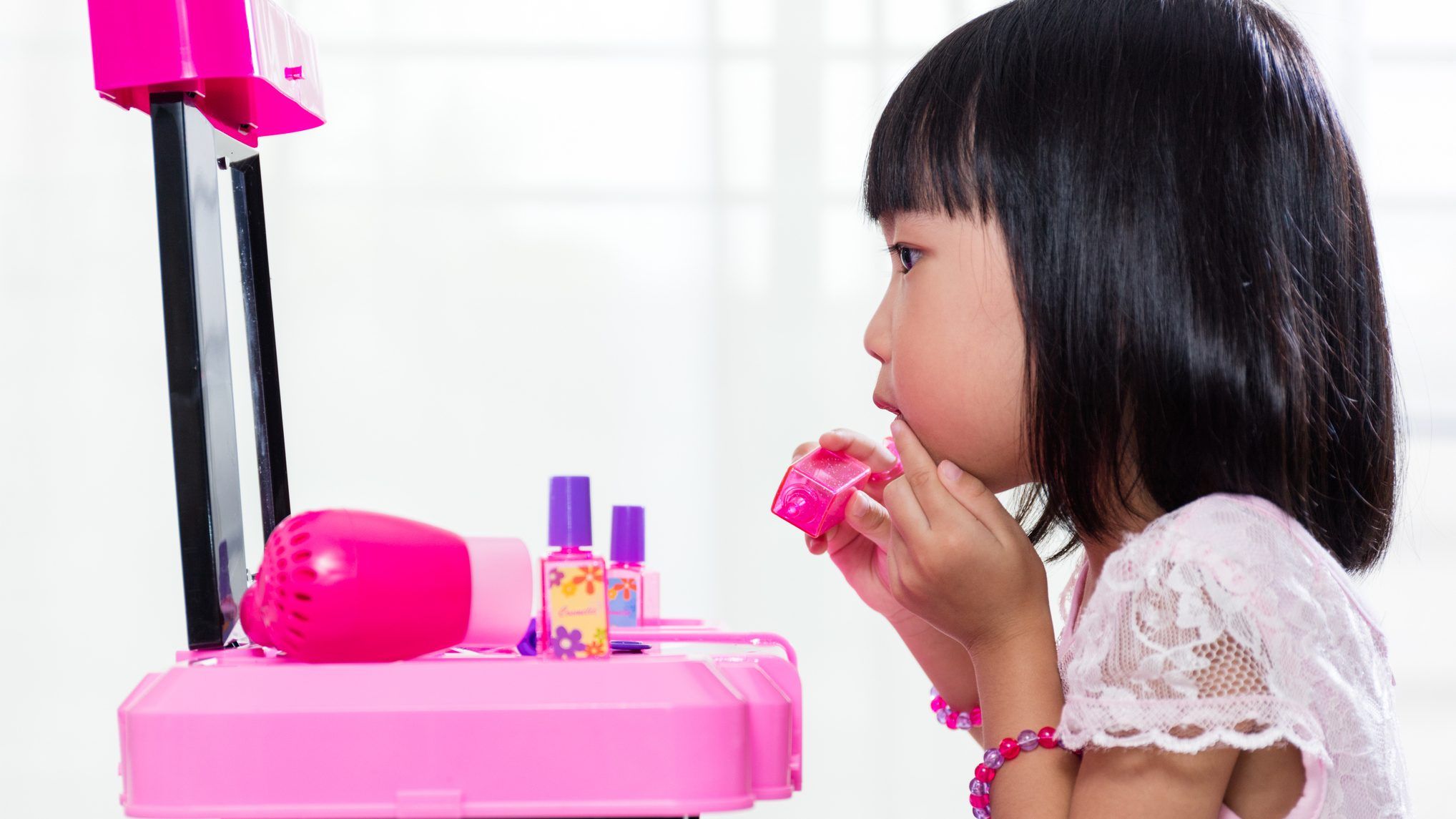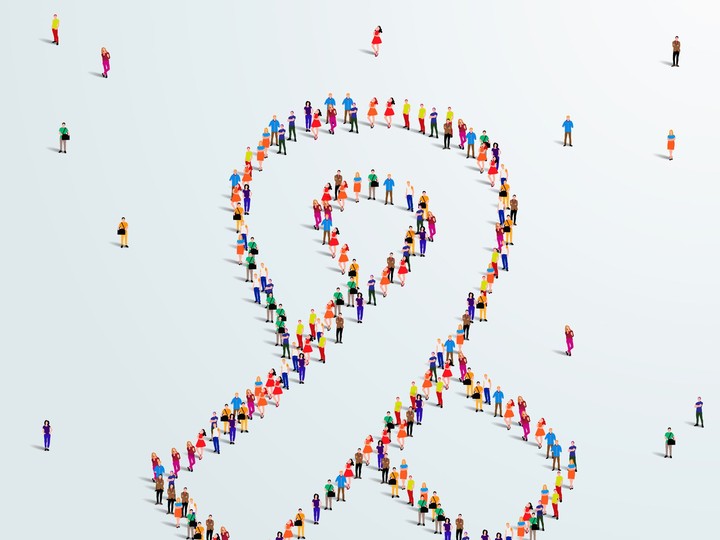opinion: on world cancer day, it's time to unite our voices to make cancer care better
canada's strained and fractured health system makes person-centred cancer care more important than ever, writes andrea seale, ceo of the canadian cancer society.
canadians continue to pay the price for governments that refuse to prioritize cancer care
cancer action now, an alliance of advocacy groups, pharmaceutical companies and professional associations, has taken aim at politicians who won't commit to a plan to fix cancer care in canada.
potentially toxic makeup and body products widely used by children, study says
a recent study found carcinogens, heavy metals, and other toxic substances in many children’s makeup and body products.
 6 minute read
6 minute read

